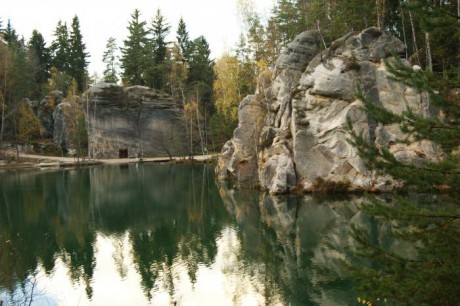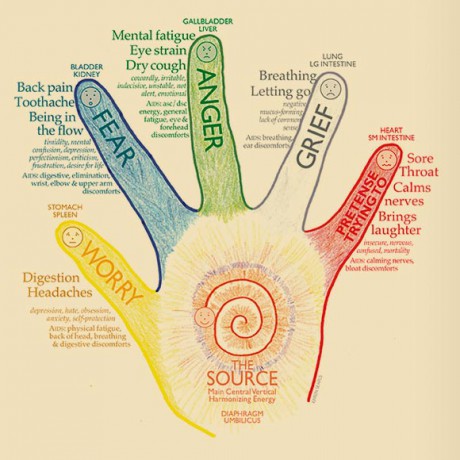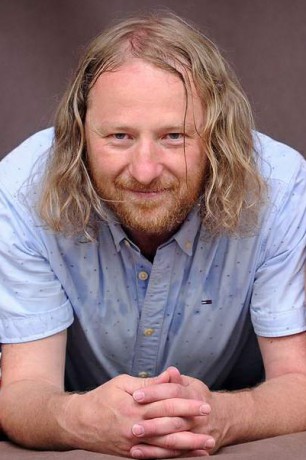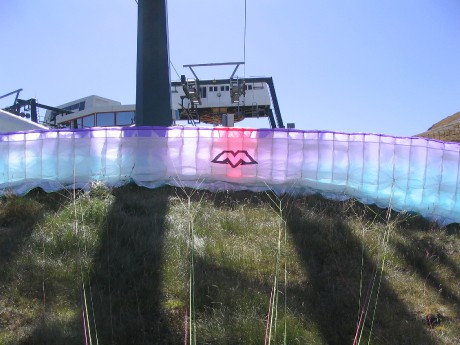Staré jeskyně v Číně jsou vytvořeny moderní technologií
Pro neanglisty stručné shrnutí:
Jedná se o 2 rozsáhlé relativně nedávno objevené jeskynní komplexy, o jejichž původu se prameny nedochovaly, první je Longyou s 24 komnatami,druhá oblast Huashan se 36 komnatami, jedna je zpřístupněna veřejnosti. V červnu 1992 byly vyčerpány první zavodněné prostory v oblasti Longyou, přičemž půdorys zaujímá 2000 m2 plochy a strop je až 30m vysoko. V místnosti jsou 4 asymetricky umístěné podpěrné sloupy, technologie opracování nese podobné znaky ve všech případech.
Systém v Huashanu objevil pro tuto dobu v roce 2000 rolník, který na úpatí Květinové hory (Huashan Mi Ku) kácel stromy, je dlouhý kolem 5km, 36 místností, z nichž některé mají uvnitř vytesané židle, stoly, postele, pilíře mosty,lázně a další kamenné vybavení - viz detail na jednom z obrázků. Existuje zde např. Podzemní palác a Chladný palác, na výšku 18m, na délku až 170m s plochou kolem 12000 m2.s 26 sloupy trojúhle umístěnými.
První zmínky o Huashanu (Květinová hora, 5 vrcholů jako 5 okvětních lístků nebo podle taoistické tradice 5 elementů-harmonie) pochází z doby dynastie Chou před 3000 lety. Taoisté přicházeli na Huashan meditovat již před 2200 lety v době dynastie Han.
--------------------------------------------------------------------------------
http://www.abovetopsecret.com/forum/thread945636/pg1
posted on May, 7 2013 @ 02:06 AM
The two systems are at Longyou, 24 chambers thus far discovered, and Huashan, 36 chambers thus far discovered, of which one is open to the public.
This is Longyou;
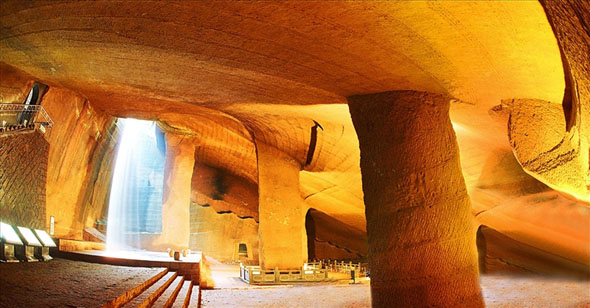
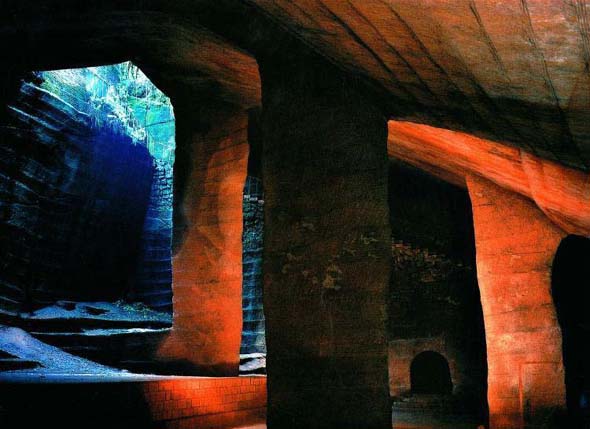

In June, 1992, a villager named Wu Anai, decided to pump the water out in one of the locally known caves revealing the first of many man-made caves in the region. After 17 days pumping, enough water had been removed to reveal the cave including several carved stelae, thus confirming his idea that they were not natural reservoirs at all, but rather man-made. The floor of the grotto occupies more than 2,000 square meters, with the tallest point of the cave exceeding 30 meters. The four steles of cave 1 are symmetrically distributed. Following this discovery, he continued to pump out another four caves only to find that they all bore the same markings on the walls and ceilings.
Longyou Caves
And this is Huashan;


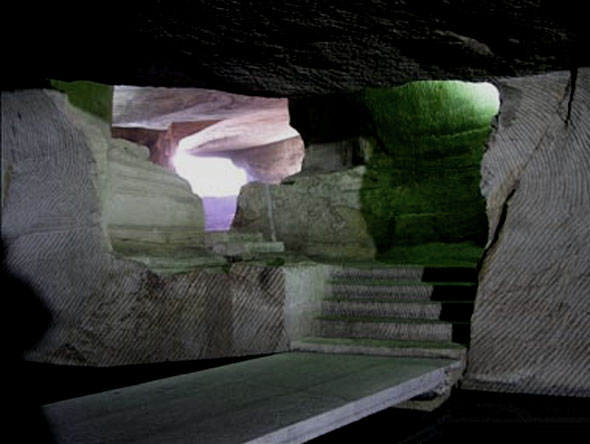
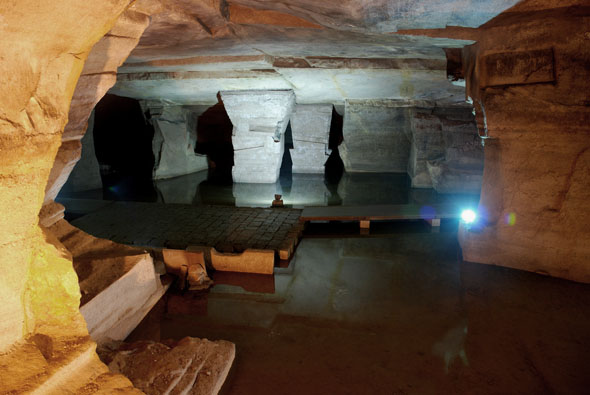
One sees everywhere the quite distinctive concern with carved pattern;
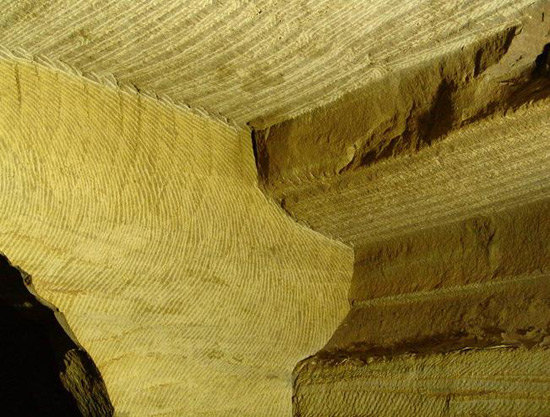
There has been some suggestion that this might relate to similar markings found on local pottery from around 500 Bc, but really nobody has identified this style with any certainty.
Also named Mystical Grottos in Flower Hill, the Chinese name is Huashan Mi Ku, found by a farmer when he climbed up the Flower Hill (Huashan) to cut wood in 2000.
There are totally 36 grottos distributively found in the foot of the Flower Hill now, they extend about 5 kilometers along the hill. The grotto interiors show evidence of having been chiseled. As no debris has been found in or around them, archeologists and scientists have yet do discover when and how they were built. Who built and for what?
is particularly worth mentioning is that the Grotto No.35, which is the largest one of its kind that found in Huashan now, extolled as the Underground Palace and Cool Palace, 18 meters in highest point, 170 meters in length, with an area of 12,000 square meters. There are 26 stone pillars triangularly supporting its ceiling, inside the grotto, there are many stone rooms, stone beds, stone bridges, stone storied buildings, stone gutters, and stone pools
Huashan Mystical Grottoes.
Very surprising then that no historical accounts of these caves exist or that artifacts have not been found inside, as to who built them my best guess for what it's worth would be a sect at the beginings of Taoism.
. The first reference to Huashan, which means "Flower Mountain", comes from the Chou Dynasty, 3000 years ago. In fact, the Chinese character "hua" (flower) was invented to name this mountain, which has five peaks that unfold like petals of a flower. Taoists, attracted to this powerful Five Element feng shui, have been coming to Huashan to meditate for at least 2200 years, according to Han dynasty records.
Taoists and Mount Huashan
Zdroj:
http://www.abovetopsecret.com/forum/thread945636/pg1
Náhledy fotografií ze složky Cesty po energeticky zajímavých místech

